Innovation Leader Profiles
This series highlights leaders who are making remarkable contributions, driving innovation, and making critical decisions in a rapidly evolving landscape to inspire and inform.
FEATURING
Phil Clark, Chief Technology Officer, Nouryon
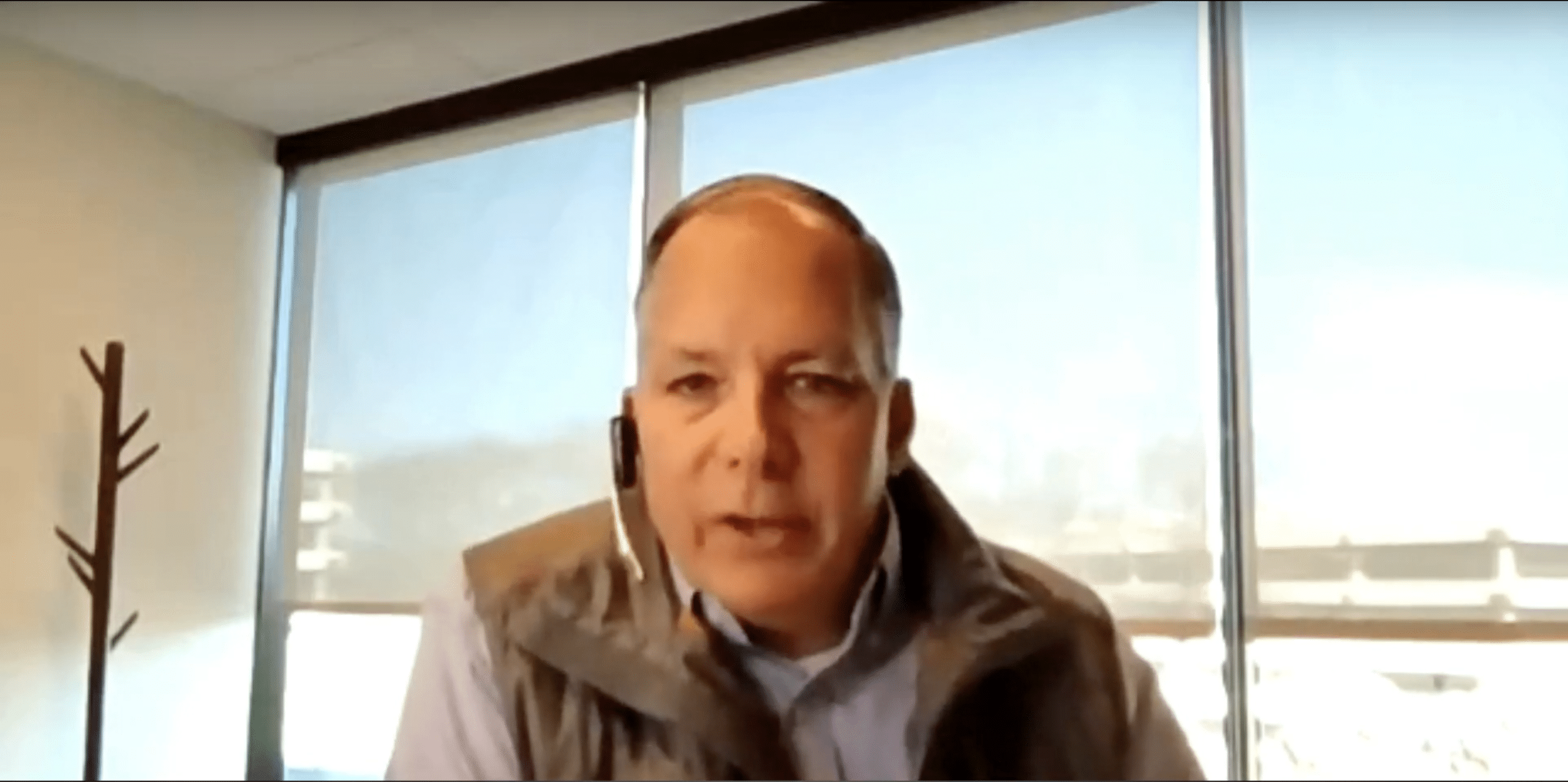
FULL INTERVIEW
Lux CEO, Marisa Kopec, sits down with Phil Clark to discuss everything from biosurfactants and machine learning to tools to manage and communicate change across large global teams. Their conversation is sure to inspire existing and aspiring leaders in the evolving field of innovation leadership.
INTERVIEW HIGHLIGHTS
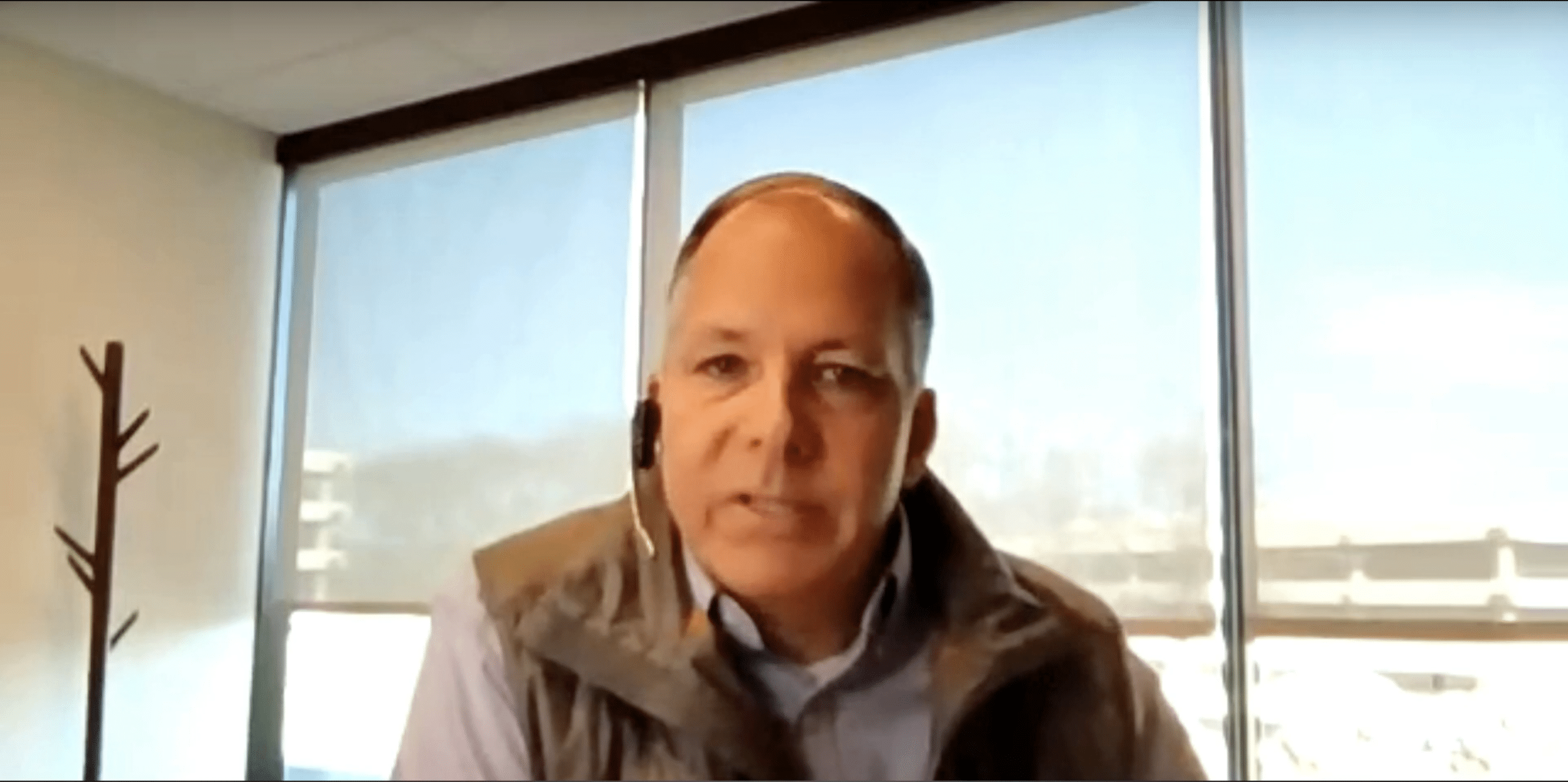
Emerging Trends
(3 minutes)
Share
https://luxresearchinc.com/resources/chemicals/innovation-leader-phil-clark/#emerging_trends
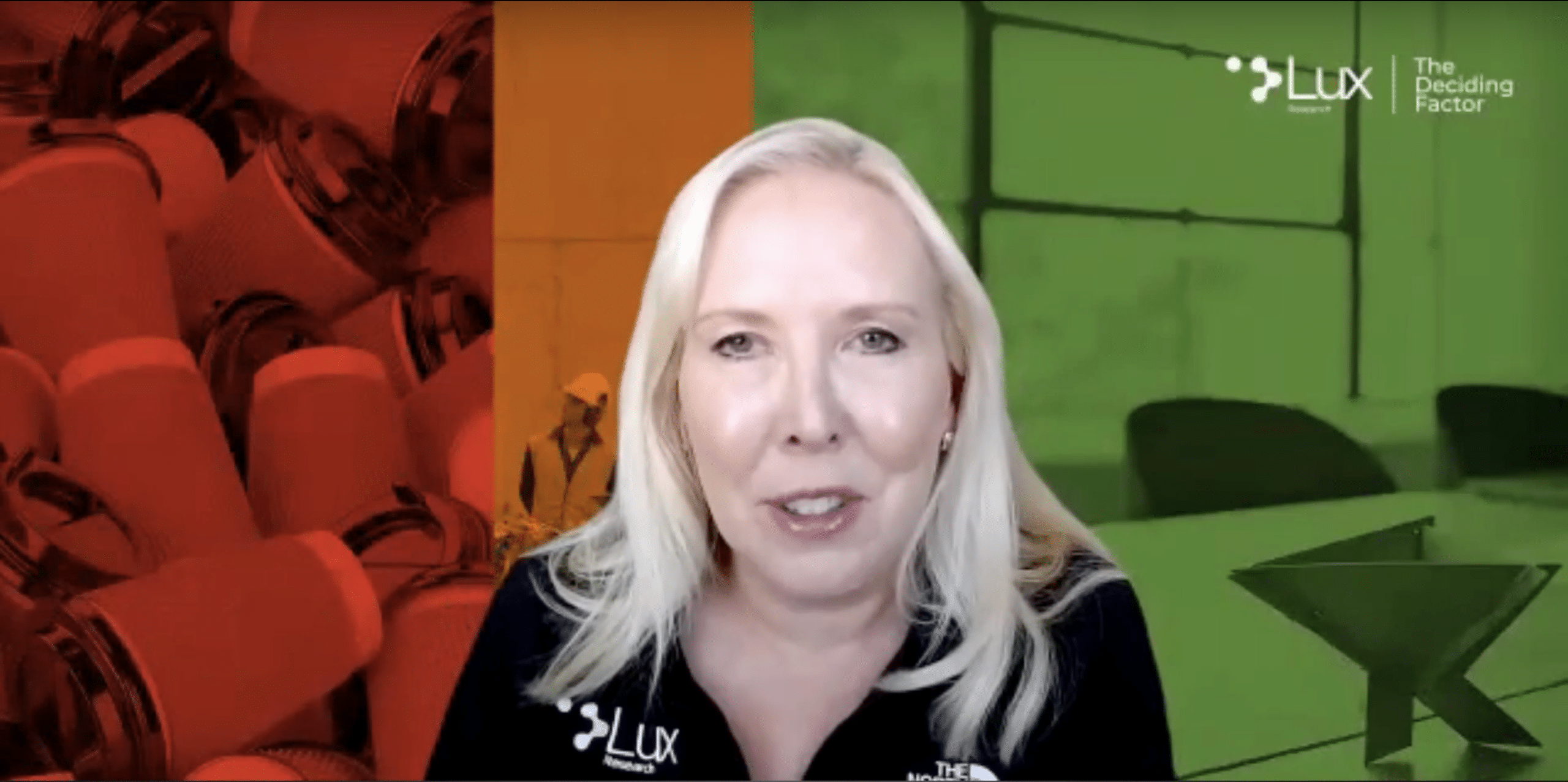
A Success Story: Machine Learning
(3 minutes)
Share
https://luxresearchinc.com/resources/chemicals/innovation-leader-phil-clark/#machine_learning

Driving Innovation Change
(6 minutes)
Share
https://luxresearchinc.com/resources/chemicals/innovation-leader-phil-clark/#innovation_change

Leadership and Collaboration
(4 minutes)
Share
https://luxresearchinc.com/resources/chemicals/innovation-leader-phil-clark/#leadership_collaboration
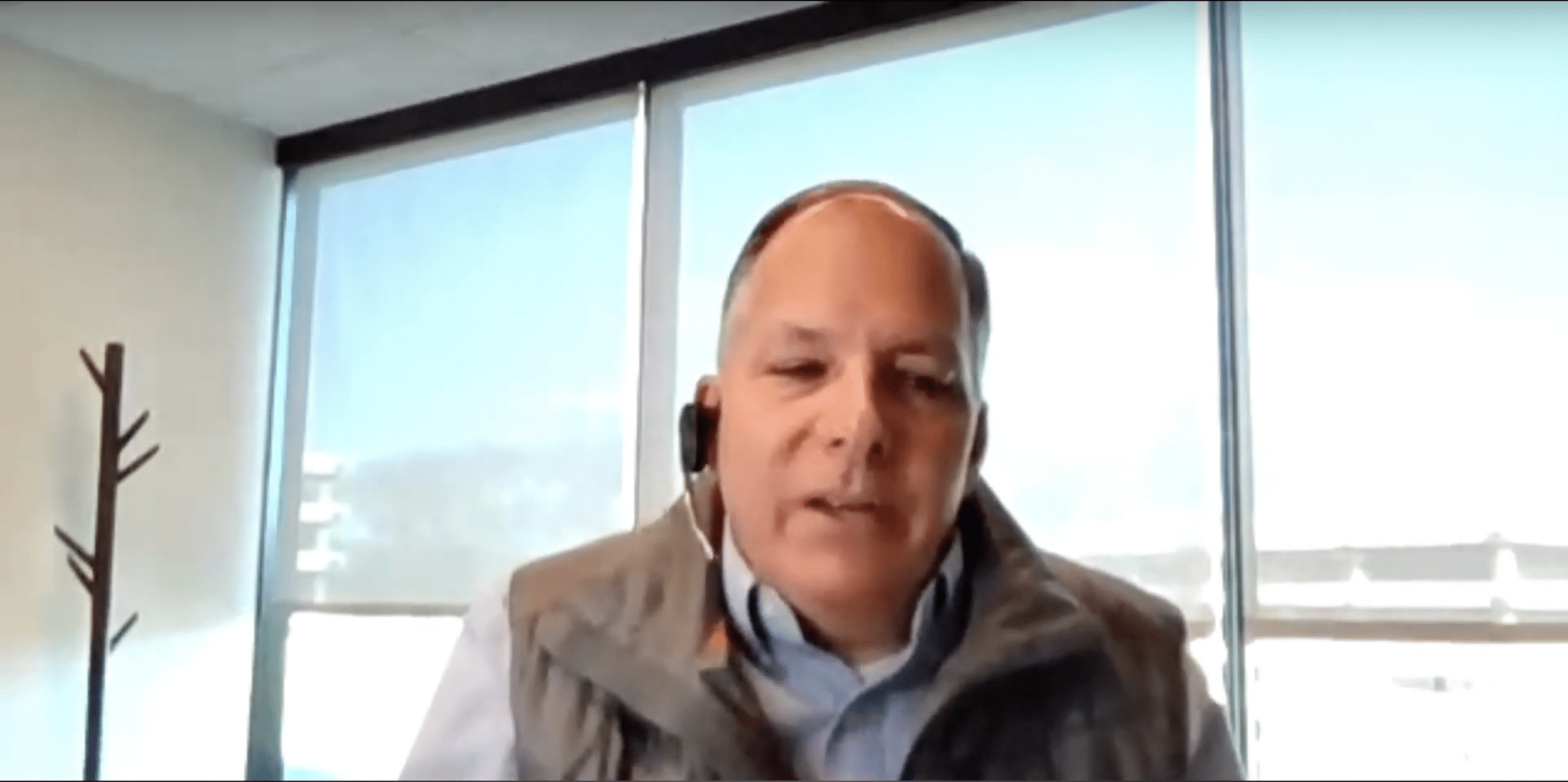
Critical Decision Making
(5 minutes)
Share
https://luxresearchinc.com/resources/chemicals/innovation-leader-phil-clark/#critical_decision
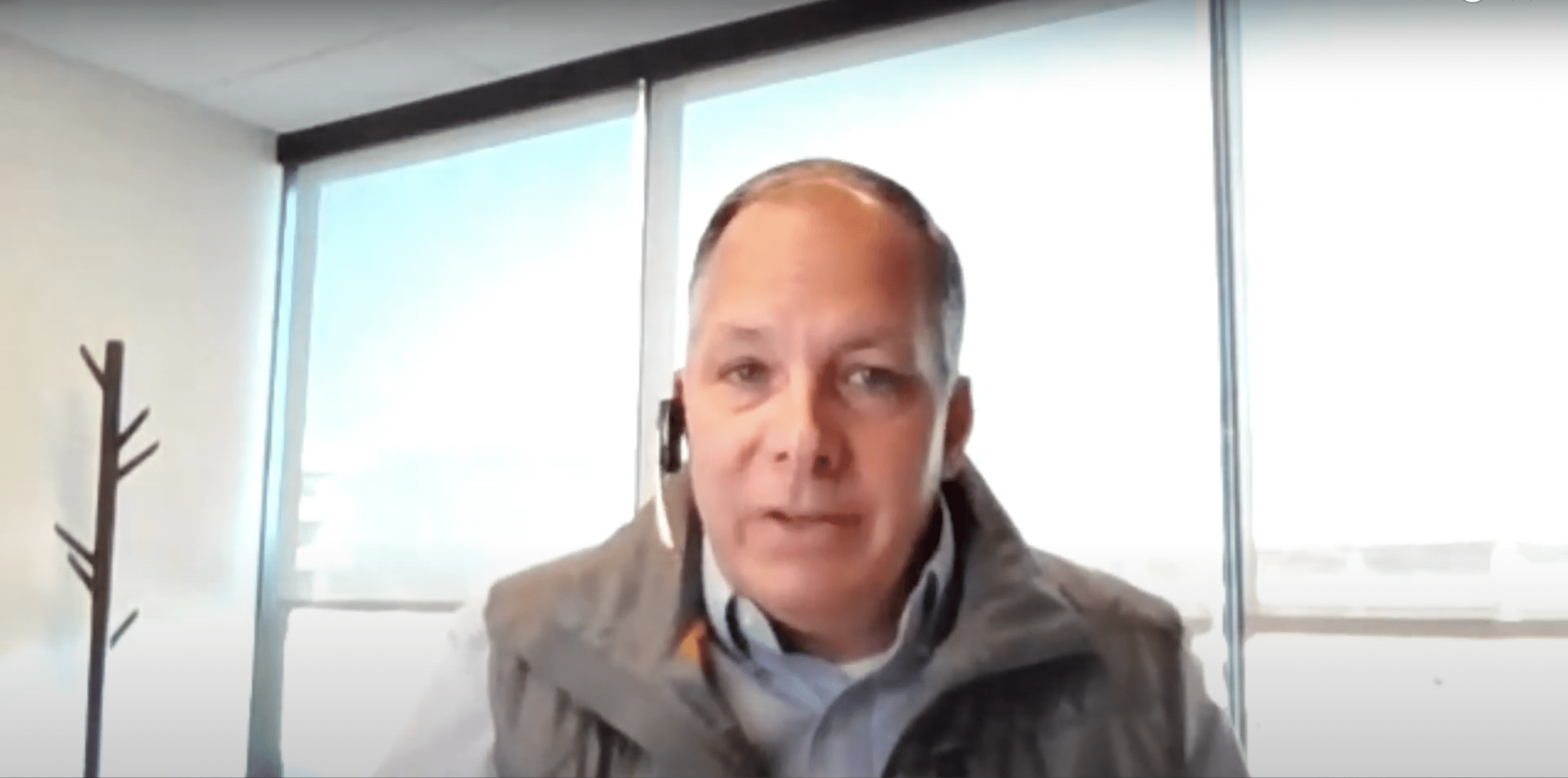
The Value of Lux
(5 minutes)
Share
https://luxresearchinc.com/resources/chemicals/innovation-leader-phil-clark/#value_lux
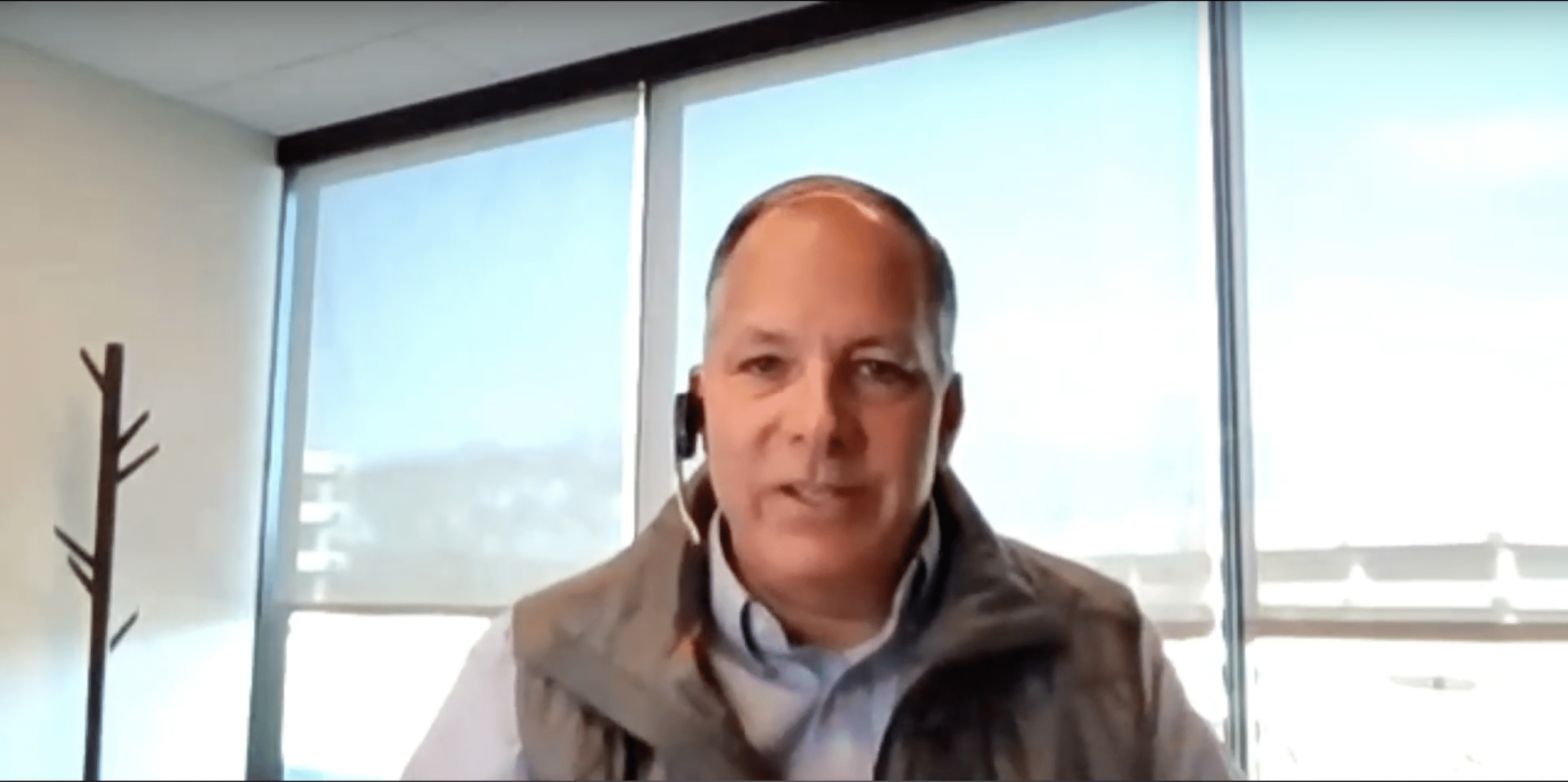
Building an External Network (3 min)
(3 minutes)
Share
https://luxresearchinc.com/resources/chemicals/innovation-leader-phil-clark/#external_network
Read Full Transcript
Marisa Kopec: Welcome to our Innovation Leaders series. I’m Marisa Kopec, the CEO of Lux. In this series, we highlight innovation leaders that we work with who are doing amazing things, so you can learn from the pros. Today, I’m excited to introduce Phil Clark from Nouryon. Phil, welcome!
Phil Clark: Hi, Marisa! Nice to be with you.
Marisa Kopec: Let’s start by talking a bit about your role as Chief Technology Officer. What does Nouryon do, and what is your focus as the CTO?
Phil Clark: Nouryon is a specialty chemicals company. We spun out of AkzoNobel a little over five years ago. We make key ingredients that go into various formulations for our customers across several end markets, including agriculture and food, home and personal care, paints and coatings, and natural resources like oil fields. We also have a highly technical platform called Polymer Specialties, where we sell cross-linkers and initiators so our customers can process and manufacture polymers. Additionally, we have a renewable fibers organization working with pulp and paper manufacturers on bleaching and processing paper.
Marisa Kopec: That’s quite a range of industries! As you look at your organization and the broader industry, what emerging trends do you see shaping the future?
Phil Clark: There are a few major trends we’re focusing on. The regulatory environment is a significant one. Any chemical company has to pay attention to regulatory changes, which can vary by region. Europe typically leads with REACH compliance, and we’re seeing rapid adoption of these standards even in cases where there’s no obvious replacement for certain materials being phased out. This can impact how we operate globally on a daily basis.
Another major trend is the use of machine learning and artificial intelligence. These technologies are changing how we work, particularly in research and development, and how we support and engage with our customers. And of course, sustainability is always front and center for us. It’s no longer a “nice-to-have”—it’s a necessity. Customers, especially in home and personal care, are demanding sustainable products. It affects the types of labels on products and ultimately what customers are willing to buy. We need to ensure our ingredients enable those green labels, giving customers what they need and want.
Marisa Kopec: AI is on everyone’s mind these days. How do you see it being used in innovation, and what excites you most about its potential?
Phil Clark: I recently read a quote in the book “Quantum Supremacy” that really resonated with me. It said that quantum computers won’t replace chemists, but chemists who use quantum computers will replace those who don’t. I think the same applies to AI and machine learning. We still need chemists and PhDs, but these tools will advance science and help us apply insights from data in new ways. That’s how we approach it at Nouryon. AI helps us analyze vast amounts of historical data, unlocking insights that were previously buried in complex formulations and research records.
For example, in personal care product development, we have over 40,000 formulations. AI allows us to predict outcomes and optimize formulations much faster than traditional methods. This accelerates the innovation process and enables us to create more sustainable, consumer-friendly products.
Marisa Kopec: That’s amazing. Can you share a project or initiative you’re particularly proud of since joining Nouryon?
Phil Clark: I’ve been with Nouryon for just over a year now, and I had two main initiatives I wanted to focus on. One was integrating machine learning into R&D and technology development, and the other was exploring biosurfactants—using organisms to create new, biodegradable materials.
Interestingly, I expected resistance around machine learning because there’s so much art and experience in what we do that I thought people would be skeptical. And for biosurfactants, I thought there would be excitement because they’re environmentally friendly. However, the reactions were the opposite. Biosurfactants are still not as effective as traditional materials, so there was resistance. Machine learning, on the other hand, was embraced because we have so much data from our history with AkzoNobel. With AI, we’re able to build predictive models that accelerate product development, particularly in personal care.
Marisa Kopec: That’s great insight. Change is always challenging, especially in established industries. What are some of your strategies for driving change and innovation?
Phil Clark: I’m a natural collaborator, so I always start by asking, “Is this solving a problem for your team today?” It might be critical for some groups and not for others, so we begin where there’s a clear need. This wasn’t an initiative where everyone was forced to adopt machine learning. It’s a tool that has specific utility, especially when you have vast amounts of data and need to customize and personalize solutions, like in home and personal care or agriculture and food.
We built use cases and communicated these to let people opt-in. Over time, as people saw successes with these cases, more groups started adopting the tool. Communication is key, even for good ideas. You need to look at things from different angles, listen to concerns, and be open to feedback. Success is often about constant communication, building use cases, and letting people see the benefits for themselves.
Marisa Kopec: What’s the best way to communicate these changes?
Phil Clark: For me, it’s about verbal communication. I use webcasts, town halls, and in-person meetings to engage with people. Even virtually, seeing expressions and understanding where there might still be questions is impactful. Then, follow up with written communication, especially for regions where it’s more culturally appropriate, like in Asia. Listening and addressing gaps in understanding is crucial. Machine learning is still new to many people, so we often start with what it is and isn’t. Some might think it’s just a fancy design of experiments, but it’s really about advanced curve fitting across multiple dimensions. Understanding this helps us bring this capability to solve problems both internally and for our customers.
Marisa Kopec: It sounds like you’re giving a master class on machine learning! Let’s talk about leadership. You’re known for being an amazing collaborator. How did you develop this skill, and what are the practices you remind yourself to do to maintain it?
Phil Clark: A big one for me is using Objectives and Key Results (OKRs). I haven’t introduced them at Nouryon yet, but I used them in a previous role at 3M, which is very collaborative and innovative. OKRs focus on what the organization needs to be doing and define goals without numbers—they’re qualitative and aspirational. The key results, however, are quantifiable, indicating what needs to be achieved to meet the objective.
When first putting OKRs in place, it’s about identifying the most critical objectives. As a $6 billion company, at the C-suite level, you might only have five sets of OKRs. The book “Measure What Matters” by John Doerr is a great resource for anyone interested in learning more. It’s about focusing on the few key things that will have the most impact and what you’re not going to do. This helps align the team and drive change management.
Marisa Kopec: How do you approach critical decision-making? It’s a challenging time for CEOs, not just about growth anymore, but also saving the planet. How do you make decisions and place your bets for the future?
Phil Clark: It’s not just about making the decision, but ensuring the decision sticks. At 3M and even here at Nouryon, sometimes when a project is stopped, it’s still worked on under the radar. For decisions to be effective, people need to move on from non-prioritized projects. It helps to lay out the reasoning behind the decision clearly. I’ve adopted Amazon’s approach of writing a narrative instead of using PowerPoint, where everyone reads the document before discussing it together. This ensures everyone is on the same page.
FAQs are also valuable—they highlight key questions external stakeholders might ask and those we’re asking ourselves, with answers published alongside. This transparency elevates discussions and supports decision-making. I’ve found this approach particularly useful in product development to ensure all relevant issues are addressed before moving forward.
Marisa Kopec: That’s fantastic. And I can’t imagine completely getting rid of my PowerPoint!
Phil Clark: (laughs) It’s a shift, for sure.
Marisa Kopec: Let’s switch gears a bit. You’ve been a partner with Lux for a long time. What’s the value of Lux for you, and how has it impacted your role and career?
Phil Clark: Lux has been incredibly valuable to me in both my previous and current roles. For example, we engaged Lux on biosurfactants and machine learning, tapping into their expertise to validate our assessments and gain new perspectives. It helps avoid groupthink and confirms we’re on the right track. Anthony Schiavo from Lux has been especially helpful in educating me about how to approach machine learning.
The executive membership program has also been invaluable. Working with Naveen as an executive partner has provided resilience, support, and tools to address challenges like change management. He connects me with resources and articles that are directly applicable to the issues we’re facing, whether it’s understanding sustainable air fuels in aerospace or navigating the shift to electrification in the automotive industry. Having Lux as a partner helps us stay informed and make better strategic decisions.
Marisa Kopec: That’s awesome to hear. Thank you for sharing, Phil. Any final advice for aspiring innovation leaders who want to follow in your footsteps?
Phil Clark: Engage externally and build a diverse network. Whether through programs like the Lux Executive Membership, councils, or other forums, it’s important to get perspectives from outside your company and industry. It’s a great way to stay inspired, gain new insights, and bring fresh ideas back to your organization.
Marisa Kopec: Great advice. Thank you so much for your time and insights, Phil. It’s been an incredible conversation.
Phil Clark: Thank you, Marisa. It’s been a pleasure.





